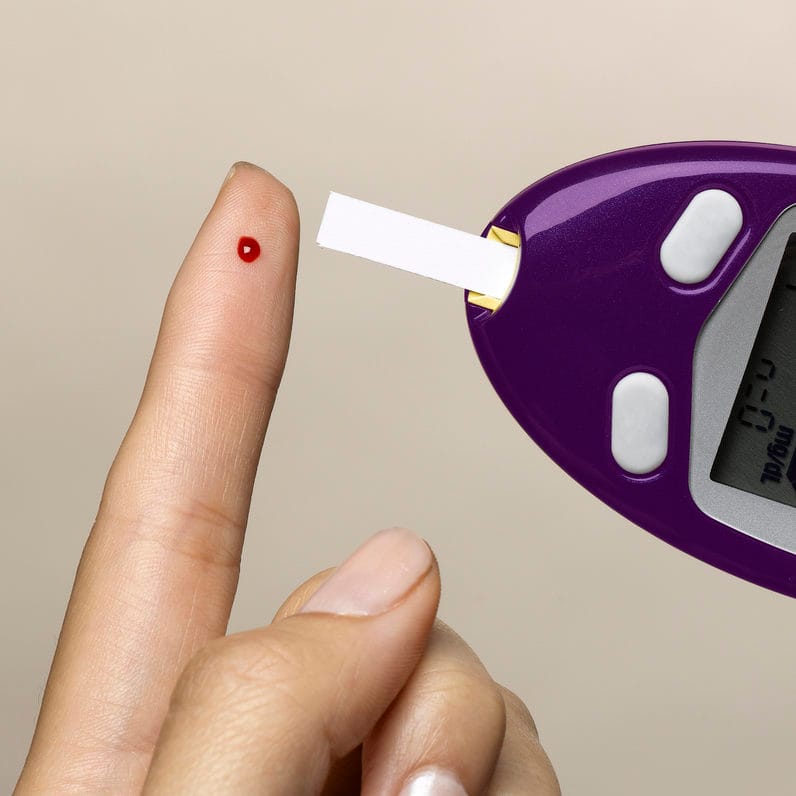Diabetes test price set to soar
🔗 [SYSTEM UPDATE] Link found. Timestamp incremented on 2025-11-26 13:55:13.Thousands of diabetic Australians will pay triple the price for blood glucose test strips from this Friday, July 1, following federal government changes to the cost subsidy.


By RHIANNA BUSLER
Thousands of diabetic Australians will pay triple the price for blood glucose test strips from this Friday, July 1, following federal government changes to the cost subsidy.
Australians with type 2 diabetes who don't require insulin will no longer automatically qualify for a reduced price on the self-test strips.
All type 2 diabetic patients who are not on insulin will be restricted to an initial six-month supply of subsidised blood glucose test strips before access is restricted. Further subsidised strips would only be available if a doctor or authorised health professional declared them clinically necessary.
Diabetes 2 sufferer Renee Eastwood said she tested herself six to eight times a day and used up to 100 strips a week.
“It’s a disease you have to learn to live with and testing my sugar levels constantly is crucial, I can’t afford to not test,” she said.
Ms Eastwood, 67, has been a type 2 diabetic patient for the past 10 years and has had to adapt to a lifestyle that demands continual self-monitoring to ensure her blood sugar levels are stable.

But on March 22, the Federal Government announced a change at the bottom of a five-page fact sheet that will have a huge impact on the life of Ms Eastwood and thousands of others with type 2 diabetes.
Blood test strips at the current subsidised rate cost $16.50 for a popular brand. However, from July 1, the price for patients with type 2 who are not on insulin will rise to $50.
“I am so angry, it is so underhand – where has the publicity been?" Ms Eastwood said. The first notification she received came just three weeks before the changes were due to start.
"There are so many other things the government could be saving money on, why are they choosing to cut into health?” she said.
Diabetes nurse educator Ninnette Kelly said there was a lack of information provided to both patients and staff on the changes.
“Patients and doctors [in my hospital] have no idea about the NDSS [National Diabetes Services scheme] cutting subsidised costs for health supplies,” she said.
The Australian Institute of Health and Welfare, in its report The Incidence of insulin-treated diabetes in Australia 2014 (released in May 2016), says “around one in five people out of the total 849,000 self-reported Type 2 diabetes sufferers require insulin”. This suggests the forthcoming changes have the potential to affect up to 700,000 people.
A spokeswoman for the Federal Department of Health had no comment on the potential impact on hundreds of thousands of people, but said the department was “working alongside Diabetes Australia and the Pharmacy Guild of Australia to ensure that systems are in place to support these changes”.
Associate Professor Neale Cohen, general manager of diabetes services at Baker IDI, said he saw this as a negative change for patients, as it limited access to health.

“There is no strong evidence that shows testing blood sugar levels regularly [for patients not on insulin] does any good, however, I think some testing is still crucial, especially for patients who are on other medications – they need to have access to the strips,” A/Prof Cohen said.
The NDSS fact sheet, which was last updated on June 9, said this change “follows the independent advice of the expert Pharmaceutical Benefits Advisory Committee … which found there is limited evidence that self- monitoring of blood glucose improves quality of life or long term complications in people with type 2 diabetes who are not using insulin”.
However, patients with type 2 diabetes who are not on insulin may also use medications like Glipizide. This drug acts to lower blood sugar levels in order to allow the pancreas to produce insulin. If patients are not able to check their blood sugar levels it has the potential to cause hypoglycemic (hypo) episodes putting patients health at a greater risk, Ms Kelly explained.
A/Prof Cohen said health issues could get out of hand.
“A blood sugar rating at 15 could have no symptoms but could do irreversible damage to the patient's health. They need to be able to monitor their health,” he said.
Ms Eastwood said she was disappointed about the lack of information provided to patients regarding the significant changes due to happen in less than a month.
“I think it is sad that the government is choosing to save money through health care, instead of finding other alternatives," she said.
"Those who can’t afford it won’t test regularly, and run the risk of life threatening consequences.”





